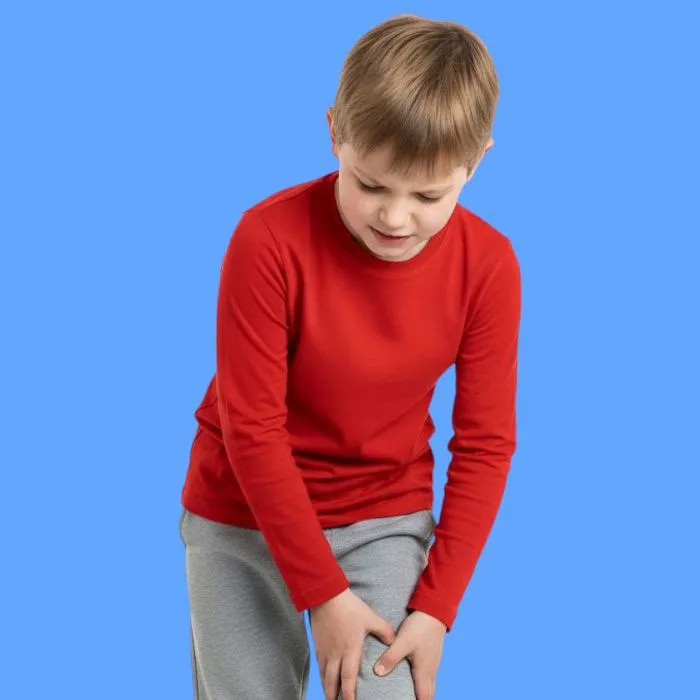What is osteoarthritis?
Osteoarthritis is one of the most common joint diseases. It occurs when the cartilage that cushions the ends of bones within a joint wears away, causing friction, pain, and stiffness with movement.
This disease is a chronic condition that develops gradually and often affects the knees, hips, hands, or spine, especially with age.
What are the causes of osteoarthritis?
The disease results from a combination of factors that affect the joints, including:
- Aging and the gradual wear and tear of cartilage.
- Excess weight and added pressure on the joints.
- Previous injuries or trauma to the joints.
- Overuse of the joints in daily activities or sports.
What are the common symptoms of osteoarthritis?
Patients may experience several characteristic signs that indicate the condition, such as:
- Increasing pain in the joint with movement or after prolonged rest.
- Morning stiffness in the joint that lasts for a short time.
- Loss of joint flexibility and difficulty performing daily tasks.
- A clicking or grinding sound when moving the joint.
When should you see a doctor?
It is recommended to see a doctor in the following cases to ensure early diagnosis and appropriate treatment:
- Pain persists despite rest and home remedies.
- Swelling increases or loss of joint mobility.
- A noticeable deformity or change in joint shape.
- Pain that prevents sleep or daily activities.
How is osteoarthritis diagnosed?
Diagnosis relies on a thorough evaluation of the condition through several tests, including:
- Clinical examination to determine the location of pain and stiffness.
- X-rays to detect joint erosion.
- MRI to clearly visualize tissues and cartilage.
- Joint fluid analysis to rule out other types of arthritis.
What are the treatment options for osteoarthritis?
Treatment aims to reduce pain and improve joint mobility and includes:
- Using pain relievers or anti-inflammatory medications.
- Practicing simple exercises to strengthen the muscles around the joint.
- Losing weight to reduce pressure on the joints.
- Physical therapy or using braces when needed.
Can osteoarthritis be cured?
Osteoarthritis is a chronic disease that cannot be completely cured, but it can be managed through:
- Medications that reduce inflammation and relieve pain.
- Physical therapy to improve mobility.
- Lifestyle modifications and avoiding excessive stress.
- Surgical intervention only in advanced cases.
What are some tips for preventing osteoarthritis?

Adopting certain healthy habits helps reduce the risk of developing the disease, such as:
- Maintaining a healthy weight and exercising regularly.
- Avoiding prolonged periods of standing or sitting without moving.
- Wearing comfortable shoes that reduce pressure on the joints.
- Consuming foods rich in calcium and omega-3 fatty acids to support joint health.
What are the potential complications of osteoarthritis?
Neglecting treatment can lead to additional problems that affect quality of life, including:
- Increased pain over time.
- Loss of normal joint movement.
- Permanent joint deformity and stiffness.
- Weakness in the muscles surrounding the affected joint.
Frequently Asked Questions about Osteoarthritis
Is osteoarthritis the same as arthritis?
No, osteoarthritis results from cartilage degeneration, while inflammation is caused by autoimmune disorders or infections.
Can osteoarthritis affect young people?
Rarely, but it is possible in cases of injury or excessive weight gain.
Is walking beneficial for osteoarthritis patients?
Yes, moderate walking helps strengthen muscles and improve joint flexibility.
Can the pain disappear completely?
Pain can be alleviated with medication, but long-term control requires adherence to healthy habits.
Article Summary
Osteoarthritis is one of the most common joint diseases, but it can be controlled through early treatment and adherence to healthy habits.
Regular checkups with a doctor, maintaining a healthy weight, and regular physical activity are among the most important preventative measures.
Balancing rest and movement in daily life is key to reducing the complications of this chronic disease.